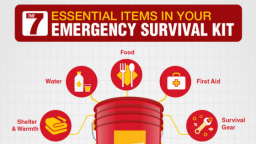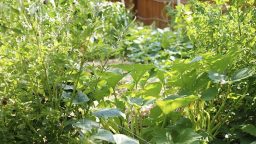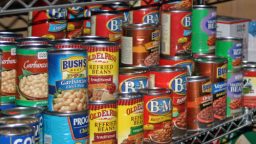For regular life, it’s great to have a neat little garden, with divided rows and beds, cleared of weeds and with plenty of sunshine. But if you want to plant a garden for post-disaster survival, you might want to consider hiding some plants on your property or nearby your house, so that looters (or even government officials) cannot easily find your precious food supply.
There are a few tricks to camouflaging plants that might help:
1. Grow plant barriers
Hide a garden behind a row of thick, brambly hedge. A thorny plant would be ideal, as most people will probably not want to bother trecking through it.
2. Plant in weeds and bushes
If you’ve got sections on your property or areas around your house with lots of overgrowth, plant within the weeds, junk plants, and inedible brambles. You can clear small patches of dirt and keep them clear for the plants to grow, then once they’re big enough they will be able to compete easier on their own.
3. Use plain-looking edible plants
Bear in mind, not all vegetables will camouflage well. Avoid colorful tomatoes, and stick to some of the plants listed below, which will camouflage well and provide essential nutrients in your time of need.
Best plants to camouflage:
Potatoes and sweet potatoes: most people these days wouldn’t recognize a potato plant. It mostly just looks like ground cover and it’s very easy to hide among other plants. Not to mention, it is one of the best sources of calories you could grow.
Bush beans: also easy to hide among weeds, they’re leaves look like many plants that grow wild and they’ll blend right into many un-weeded areas.
Kale: most varieties of kale have dark, leafy greens, that wouldn’t immediately catch the eye. While low in calories, they provide an excellent source of nutrients.
Blueberries: the darker berries don’t catch the eye so much, and blueberries are an excellent source of nutrients and antioxidants. They’re used to growing in hedges and brambles, so they’ll do quite well planted among other plants.
Remember, just be creative, think like a criminal, and spread your plants over several different areas. The object is to obscure your food source for survival, so try to be as innovative as you can. Planning ahead can save your life one day!
If you enjoyed this, you might also like….




